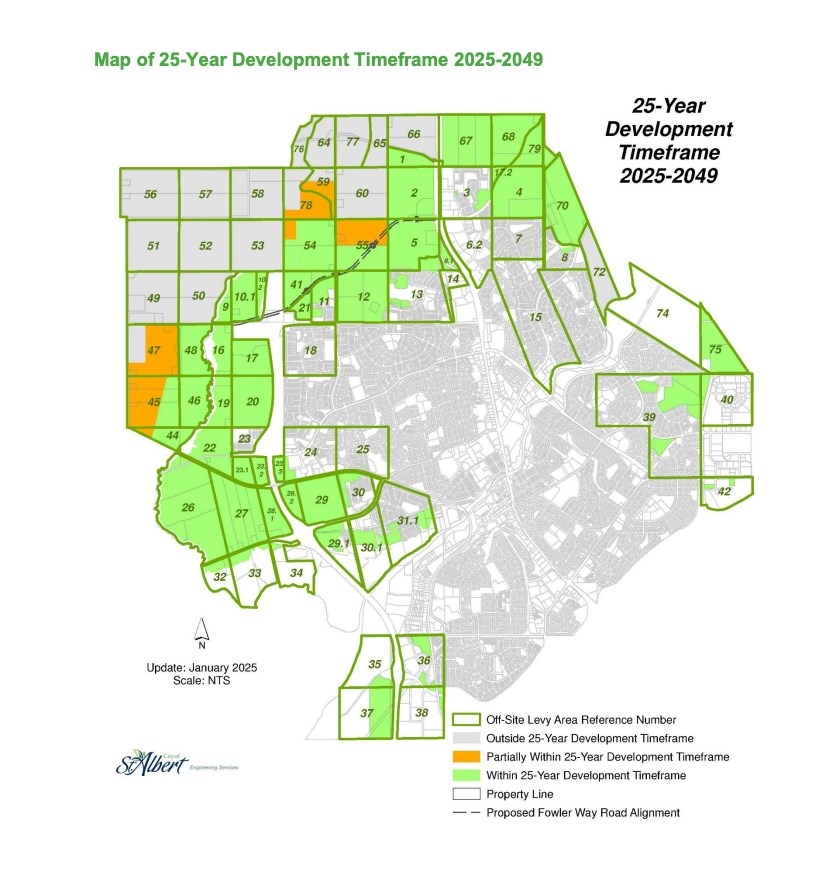Council approved an amendment to their off site levies (OSL) bylaw during the March 18 council meeting that will see the introduction of a 30 day deferral program for developers and over $10 million in annual recoveries, as well as the approval of new rate changes. The amendments passed unanimously.
An off-site levy regime allows a municipality to recover capital costs of certain types of municipal infrastructure based on the degree of benefit the development will receive from the infrastructure.
"All undeveloped lands are subject to off-site levies, regardless of whether it's to be developed for residential, commercial, industrial, or any other uses," Abram Iskander, the city's off-site levies specialist said. There is currently just over 1,800 hectares of remaining net developable area in the city, with 1,141 hectares of land expected to be developed in the next 25 years.
"We're anticipating that these figures will be further refined over time as land use planning progresses and becomes more detailed with the latest annex areas," Iskander said.
In a report presented to St. Albert city council during their March 18 meeting, Iskander wrote that in 2021, the city shifted its development timeframe from 35 to 25 years "to be in alignment with many other municipalities," the report said.
"The 25 year development time frame focuses developers cost today more on the infrastructure that benefits development today and less on the infrastructure that will be built in the future," Iskander said.
There were also some key changes recommended by the working group regarding transportation infrastructure included in the report that were presented to council.
"Developers dedicating lands for arterial road right of way will be paid $350,000 per hectare. This change attempts to balance an acknowledgement that land values have increased over time with keeping overall OSL roadway project costs down," the report said. Developers have been paid $300,000 per hectare since 2015.
The city ran a 30 day off-site levy payment deferral pilot program from March 2022 until it ended on Dec. 31, 2024, which allowed developers up to 30 days after a development agreement was executed to pay any required off-site levies in full.
"Three of the developers who were voting members [of the working group] expressed support for the continuation of the program," said Tanya Hynes, the city's former off-site levies specialist. It was recommended that council continue the program on a permanent basis, although only one developer used the program once in 2022 and again in 2024, she said. She added that the deferral option will continue to cost $500, as it involves additional work by engineering and finance staff.
The rate for some projects costs were also updated. The water rate for off-site levies went up about $250 per hectare. Sanitary and storm saw more substantial increases, depending on the area. Iskander said it would be up to $48,000 per hectare for sanitary, and up to $10,000 for storm.
The city also saw annual reimbursements as part of the report.
"Council is being asked to reimburse parties $10.25 in accordance with council policy," Iskander said. "88 per cent is being reimbursed to the city and 12 per cent to developers, and that will leave approximately $62 million in total front ending costs still to be paid out."




